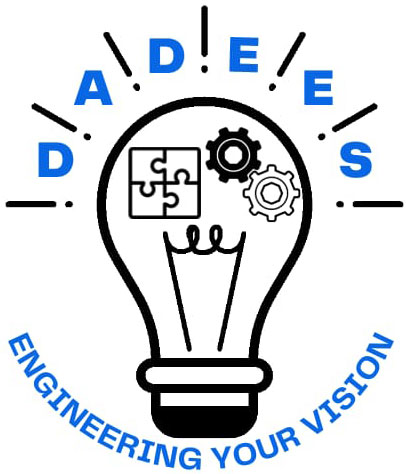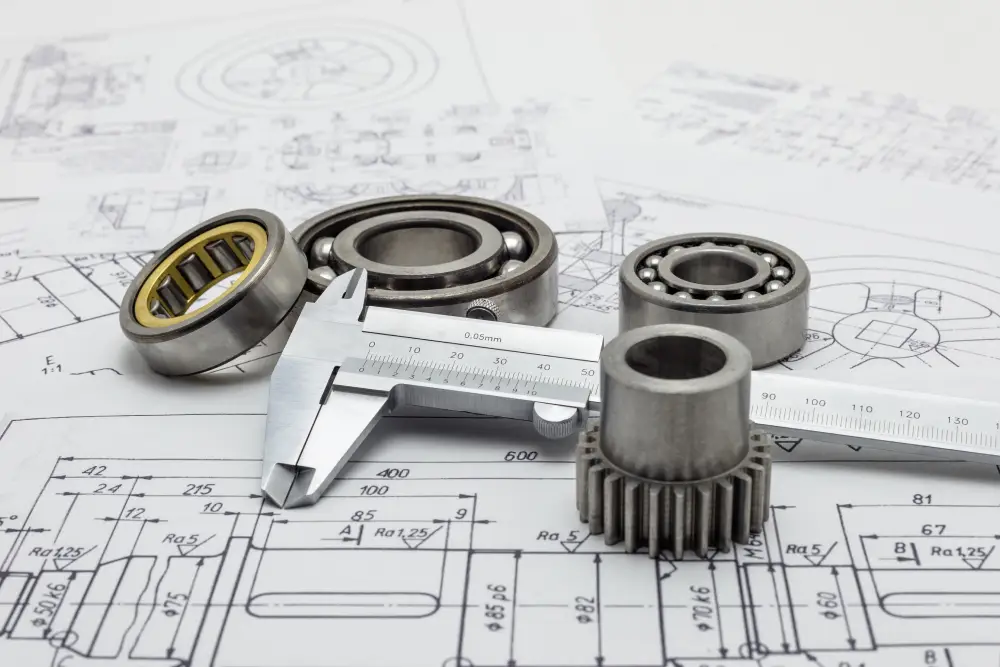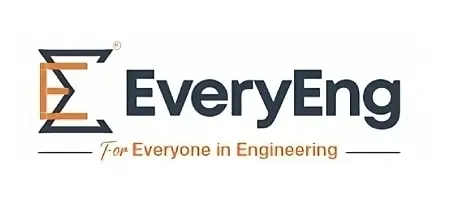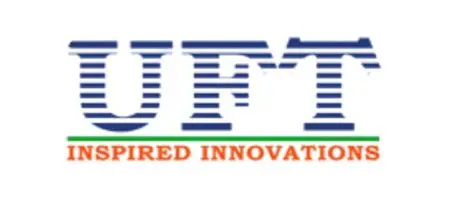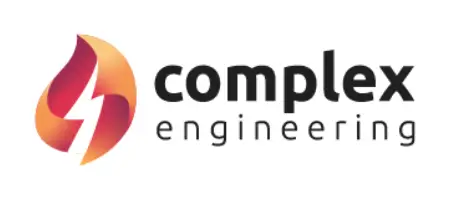Lean New Product Development (LNPD) is a modern agile methodology that integrates lean principles into the product development process. Its central idea is to eliminate waste, foster continuous improvement, and create highly adaptive, cross-functional teams that can respond rapidly to customer needs and market changes. LNPD relies on iterative cycles, customer feedback, and concurrent development practices to optimize every aspect of the design and manufacturing lifecycle.
In contrast, Traditional Lifecycle Project Management (TLPM) follows a sequential, phase-based approach, often depicted as the waterfall model. This methodology comprises distinct stages—typically initiation, planning, execution, monitoring and control, and closure—that ensure a project is completed on time, within scope, and on budget. TLPM is characterized by extensive upfront planning, rigid change-control processes, and clearly demarcated roles, making it more suited to projects with stable requirements and heavily regulated environments.
Structural and Process Differences
Sequential vs. Iterative Approaches
Traditional Lifecycle Project Management is inherently sequential. Projects follow a linear path, with each phase requiring formal approvals before the next can begin. During the planning stage, detailed schedules, budgets, and risk assessments are compiled, and project progress is measured against these early benchmarks throughout the project’s lifetime. This structure provides clear checkpoints for quality and progress but can also slow down innovation, as modifications require revisiting previous phases.
Conversely, LNPD is built on iterative cycles. The process embraces rapid prototyping, continuous testing, and ongoing refinement. This iterative nature allows teams to integrate customer feedback early and often, leading to more responsive modifications. LNPD’s fluid approach minimizes handoffs between different phases, thereby reducing delays and enabling a more flexible, adaptive development process. By focusing on short cycles of development and rapid learning, LNPD encourages experimentation and swift changes when necessary.
Risk Management and Flexibility
With TLPM, risk is managed through detailed planning and formal review processes at every stage. Risks are identified and mitigated well in advance by comprehensive analysis and documentation. This method minimizes uncertainty but can sometimes result in rigidity, as the formal change processes may slow down the project if unforeseen issues require significant adjustments.
LNPD, on the other hand, embeds risk reduction into its iterative cycles. Early and frequent validation of design ideas, along with integrated cross-functional collaboration, ensures that potential issues are flagged and addressed continually throughout the development process. This proactive, real-time risk management approach not only allows for swift corrective actions but also helps in aligning the product more closely with market requirements while driving innovation.
Application Domains and Industry Practices
When to Use Traditional Lifecycle Project Management
Traditional Lifecycle Project Management is particularly effective for projects with well-defined requirements, extensive regulatory oversight, or where the output must adhere strictly to initial specifications. Industries such as construction, defense, and government projects often rely on TLPM because of its structured nature, strict documentation requirements, and sequential workflow that aids in minimizing ambiguity. Its clear phase transitions and milestones ensure that every aspect of the project is reviewed and controlled, making it an ideal choice for high-risk, capital-intensive projects.
When Lean New Product Development Excels
LNPD is especially beneficial in dynamic, competitive sectors like technology, electronics, and consumer products, where speed and the ability to pivot quickly are paramount. By emphasizing iterative improvement and cross-functional teamwork, LNPD fosters an environment where innovation can flourish. Its lean principles—eliminating waste, synchronizing workflows, and continuous learning—enable companies to shorten development cycles, respond faster to customer feedback, and ultimately deliver products that are better aligned with market needs . As markets become more volatile, the flexibility and responsiveness of LNPD provide a significant competitive advantage.
Integrating Both Approaches
While LNPD and TLPM are often seen as mutually exclusive, many organizations are increasingly adopting hybrid approaches. By combining the structured planning and control mechanisms of traditional project management with the agility and iterative improvement of LNPD, companies can enjoy the best of both worlds. This integrated method is particularly useful in environments where parts of a project require strict oversight and regulation, while others benefit from continuous innovation and flexibility.
Conclusion
In summary, Lean New Product Development and Traditional Lifecycle Project Management represent two distinct philosophies in managing projects. LNPD is agile, iterative, and customer-focused, thriving in dynamic and technologically competitive environments. Traditional Lifecycle Project Management, with its sequential phases and rigorous upfront planning, remains invaluable for projects with static requirements and high regulatory demands. Recognizing these differences—and even blending aspects from both methodologies—allows organizations to tailor their project management strategies to best meet their specific goals, improve product quality, and remain adaptable in ever-evolving marketplaces. This conscious alignment of process with project needs ultimately drives efficiency, innovation, and success in product development.
